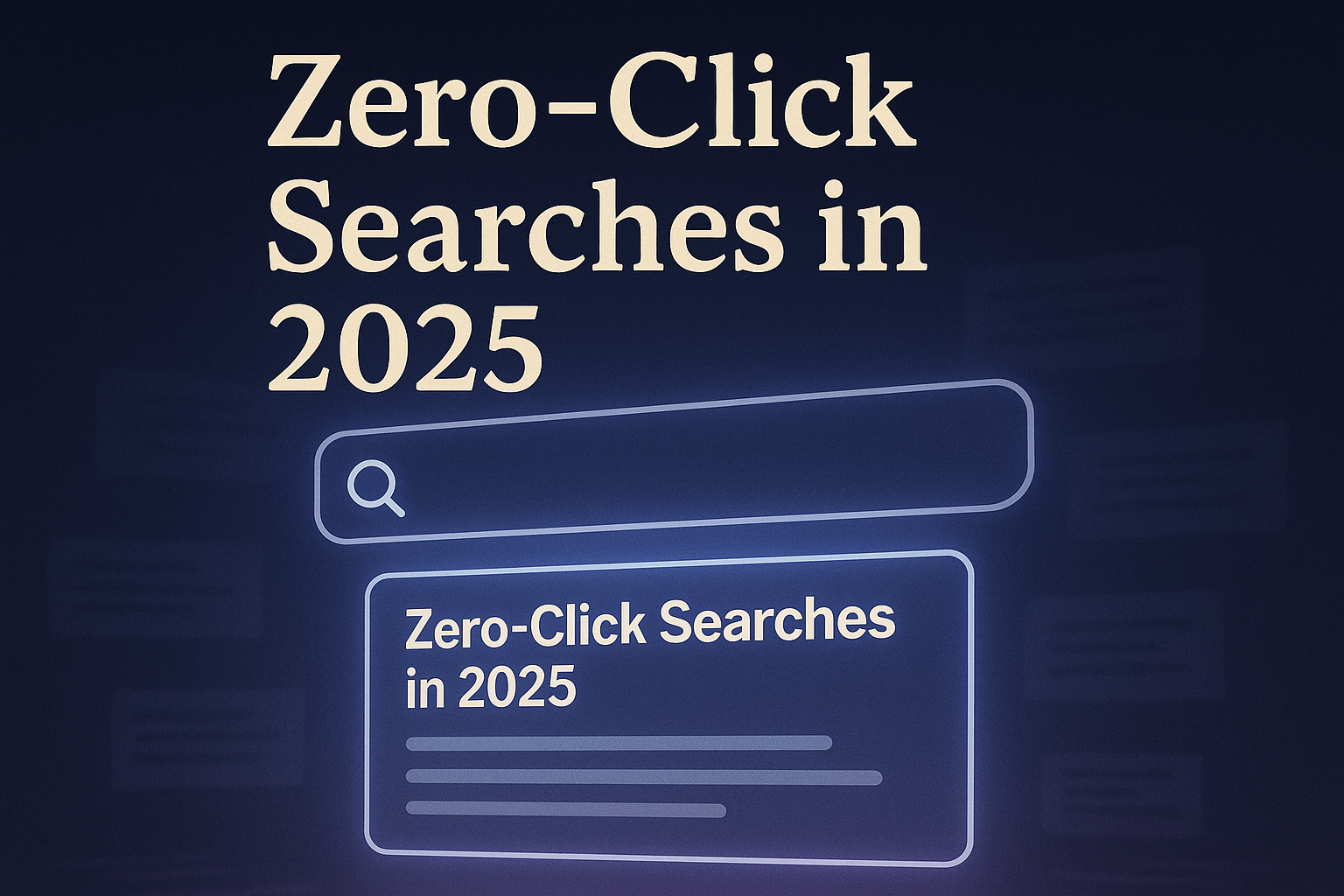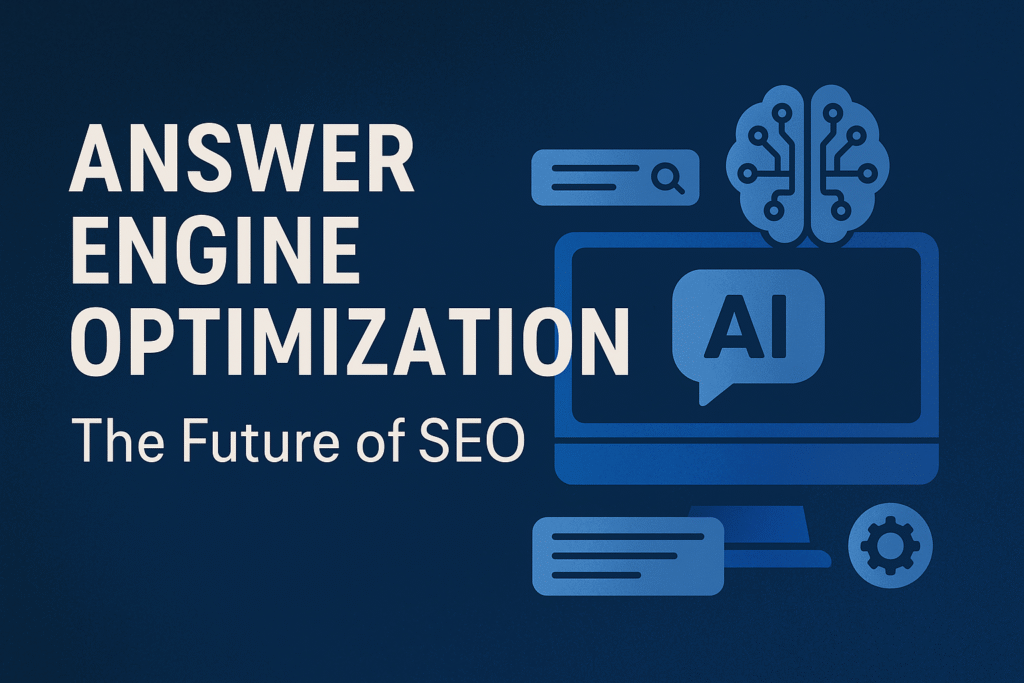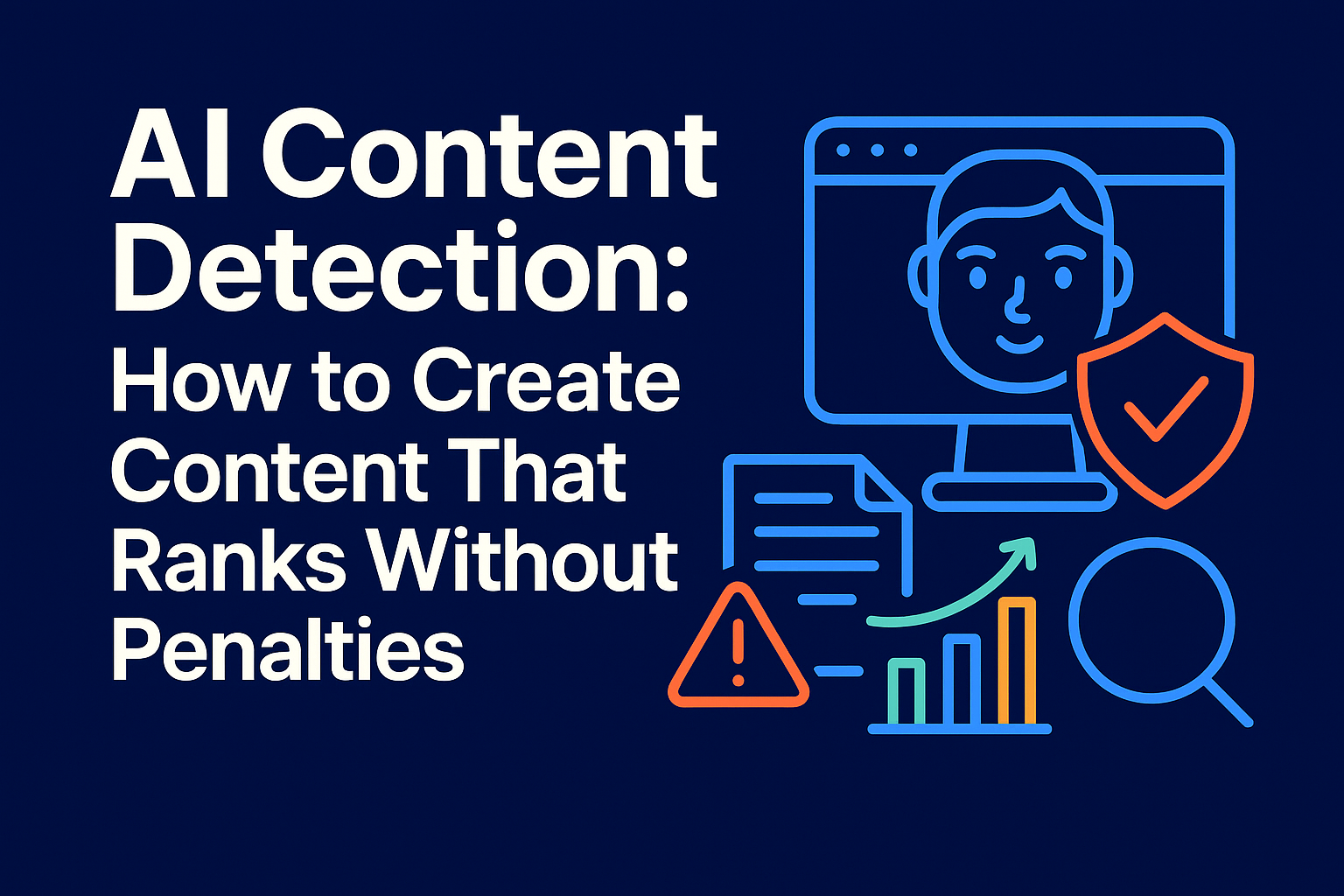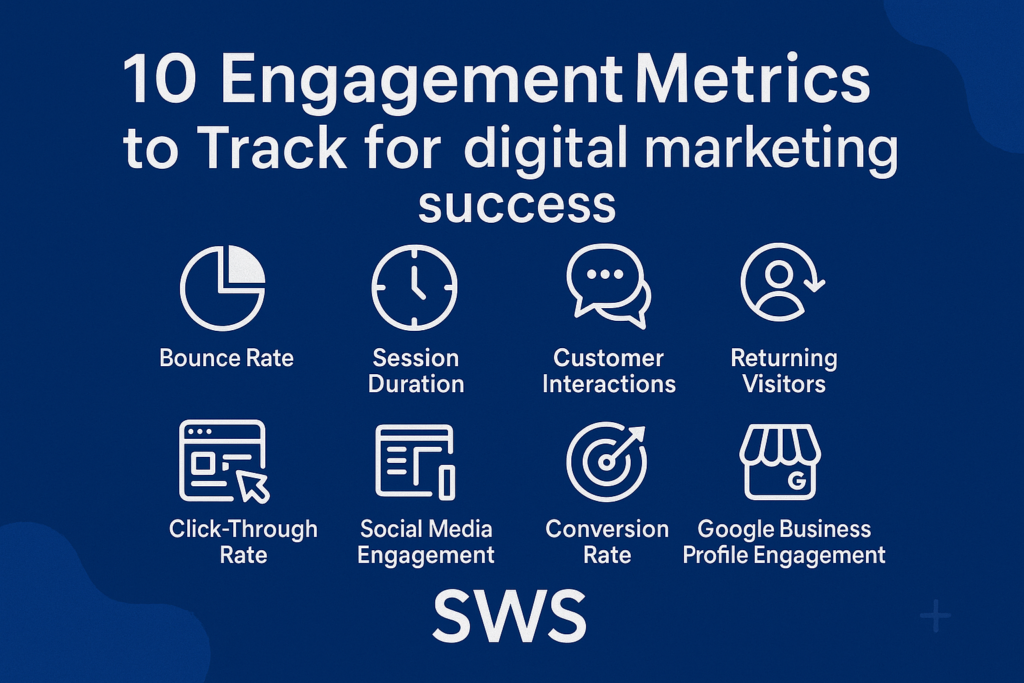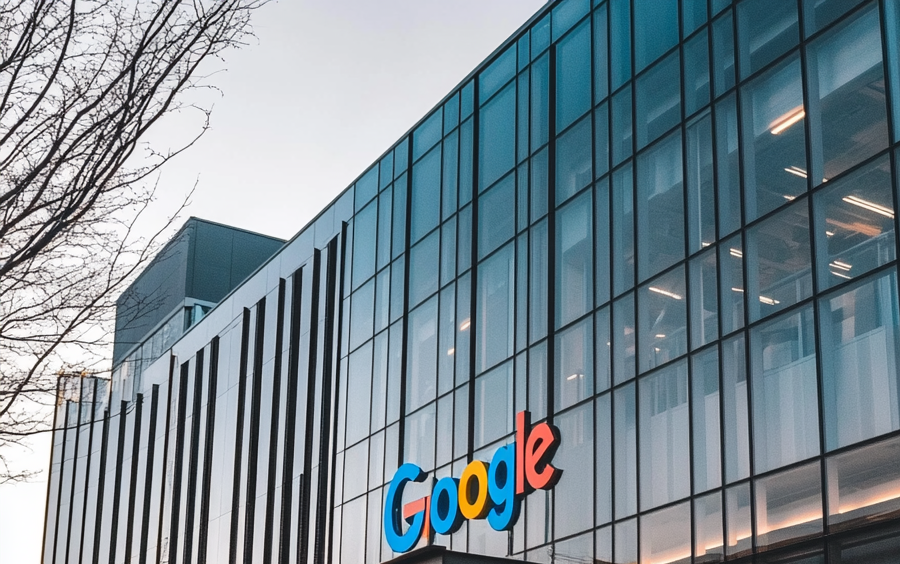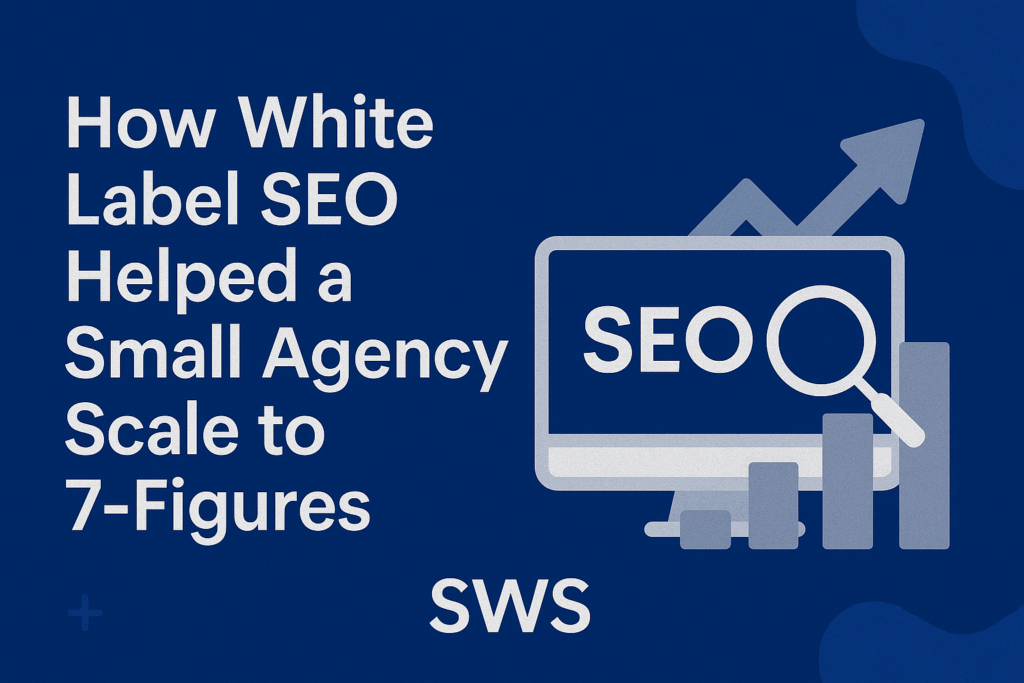Table of Contents
ToggleWith zero-click searches rising, most users get answers without ever visiting a website. But that doesn’t mean your brand disappears. By crafting clear, helpful content that lands in featured snippets, enhancing your presence with structured data, and embedding your brand directly into search results, you can still stand out—powerfully and proudly—even when no one clicks.
Imagine this: your content ranks on the first page of Google, but your traffic isn’t budging. Welcome to the era of zero-click searches.
In 2024, a staggering 58.5% of Google searches in the U.S. ended without a click, a trend that’s only intensifying in 2025 . With AI-driven features like Google’s AI Overviews and answer engines like Perplexity AI providing instant answers, users often find what they need without ever visiting a website.
But here’s the silver lining: visibility isn’t dead—it has evolved. The game now is about being the source of those instant answers. Let’s dive into how you can adapt and thrive in this new landscape.
What Are Zero-Click Searches?
Zero-click searches are exactly what they sound like—search queries that are answered directly on the search engine results page (SERP), without requiring the user to click any further. In this model, users receive the information they’re looking for instantly, often through features like featured snippets, knowledge panels, people also ask, and increasingly, AI-generated overviews.
Think of it like this: someone Googles “What is a good ROI for digital marketing?” and instead of scrolling through a list of blog links, they get a boxed answer at the top of the page with the exact number, a quick explanation, and maybe even a source link they don’t bother clicking. That’s a zero-click search.
These queries are driven by convenience, especially on mobile and voice search. The faster users can get their answer, the better the experience. And with tools like Google’s AI Overviews and Perplexity AI, this behavior is becoming the default.
In fact, a 2024 study by Sparktoro and SimilarWeb revealed that 58.5% of all U.S. Google searches ended without a single click—a number expected to cross 70% by the end of 2025.
For brands and marketers, the takeaway is simple: if you’re not the answer, you’re not even in the game.
The Rise of AI-Powered Answer Engines
The way users search online has changed dramatically—and AI is at the heart of it. While traditional search engines like Google are still dominant, they’re no longer the only gateways to information. AI-powered answer engines such as ChatGPT, Perplexity AI, and Google’s AI Overviews are reshaping how people discover, consume, and interact with content.
Let’s start with ChatGPT. Initially known as a chatbot, it’s now a full-blown research assistant. With over 52 million downloads as of May 2025, ChatGPT is being used not just for casual chats but for academic research, product comparisons, and decision-making. And when users ask for information, ChatGPT doesn’t return search links—it returns structured answers, often pulled from websites it deems trustworthy. If your content isn’t structured for citation, you’re missing a major opportunity to be the source.
Then there’s Google’s AI Overviews, launched into mainstream search in late 2024. These AI-generated summaries now appear above organic results and are used by over 1.5 billion people each month, according to Google’s Q1 2025 report. These overviews synthesize multiple sources into a single response—putting massive pressure on brands to be part of that summary.
And finally, Perplexity AI is leading the charge with a unique angle—it not only provides instant answers but also cites the sources in real-time. With over 650 million queries per month, it’s quickly becoming a go-to platform for research and knowledge discovery.
What does this mean for your brand? It means the battleground has shifted. It’s no longer about ranking #1—it’s about being cited, summarized, and trusted by AI. And to win that game, you need content that’s clear, structured, and optimized for machine understanding. At SWS Marketing, this is exactly what we help brands build.
The Hidden Opportunity in Zero-Click Searches
At first glance, zero-click searches might seem like a nightmare for marketers. After all, if users aren’t clicking through, how can you drive traffic, leads, or conversions?
But here’s the reality: zero-click doesn’t mean zero value. In fact, if you understand how to leverage it, it’s one of the biggest visibility opportunities in digital marketing today.
Think about this: when your content is featured in a Google AI Overview, a featured snippet, or even Perplexity AI’s cited answer, your brand is positioned as the authoritative voice. Even without the user clicking through, they see your name, your expertise, and your message—front and center.
It’s impression-first marketing—and in 2025, impressions build brand trust. According to a 2024 report by Edelman, 71% of users are more likely to trust and engage with a brand they’ve seen multiple times, even if they haven’t clicked on it yet.
Moreover, zero-click placements are voice-search compatible. When Siri, Alexa, or Google Assistant reads an answer aloud, it’s usually pulling from structured, answer-first content—the exact kind you need to optimize for AEO.
Even from a pure SEO standpoint, there’s ROI. Brands showing up in AI-generated answers often experience:
- Higher brand recall
- Increased branded search volume
- More direct traffic and referral mentions
In other words, you may lose a click—but you gain credibility, visibility, and intent-driven traffic downstream.
And here’s the kicker: most of your competitors are still chasing clicks. If you start optimizing for zero-click today, you’ll own the attention before they even realize it’s missing.
At SWS Marketing, we help brands shift their mindset from “clicks = success” to “visibility = authority.” Because in the zero-click era, being the answer is the only strategy that matters.
Strategies to Thrive in a Clickless Search Environment
So, how do you win in a world where users no longer click?
The answer is simple—but not easy: you pivot from optimizing for traffic to optimizing for visibility, credibility, and citations. Here are the exact strategies we use at SWS Marketing to help brands thrive in this new AI-first, clickless environment.
1. Implement Answer Engine Optimization (AEO)
AEO is the foundation. Traditional SEO focuses on keyword density and backlinks. AEO, on the other hand, focuses on being cited by AI tools like ChatGPT, Perplexity, and Google’s AI Overviews.
Here’s what to do:
- Create question-led content: Use tools like AnswerThePublic and AlsoAsked to find actual questions users are asking.
- Position answers clearly: Provide a succinct, fact-rich answer within the first 50–100 words of your content.
- Use schema markup: Implement structured data like FAQPage, HowTo, or Article schema to make your content machine-readable.
2. Optimize for Featured Snippets and Rich Results
Featured snippets are the low-hanging fruit of zero-click visibility. These quick answer boxes at the top of the SERP are prime real estate for brands that know how to format content right.
To target these:
- Structure your content in question-and-answer format.
- Use H2s and H3s to organize subtopics.
- Add bullet points, numbered steps, and concise summaries.
- Keep each section scannable—think “AI digestible.”
Tools like Semrush and Google Search Console can show you what queries are triggering SERP features.
3. Boost Your Brand’s Visibility in AI Citations
AI engines like ChatGPT and Perplexity cite sources that display strong E-E-A-T (Experience, Expertise, Authoritativeness, Trustworthiness).
How to stand out:
- Make sure every blog has a detailed author bio with credentials.
- Link to authoritative, high-trust domains (.gov, .edu, research reports).
- Ensure your brand is consistently mentioned across your site and external sources (think PR, guest blogs, citations).
AI prioritizes trustworthy brands. Build digital footprints that reinforce your expertise.
4. Track What Matters: Impressions, Mentions, and Brand Recall
Clicks are nice—but in a zero-click world, they’re not the only metric that matters.
Use these KPIs instead:
- Impression volume in Google Search Console
- Citation frequency in Perplexity or AI-powered search tools
- Branded search growth (an indirect signal of brand awareness)
The key is to measure visibility, not just traffic. What you can’t track in clicks, you’ll see in search lift, branded queries, and customer recall.
5. Repurpose and Reformat for Voice and Conversational Search
Zero-click content often gets read aloud by voice assistants. You want your content to:
- Use natural language and answer questions directly.
- Be formatted with short sentences and structured replies.
- Include FAQs, which are ideal for both schema and voice search pull-through.
Tools like ChatGPT’s web mode or Alexa Skills testing can help you preview how AI responds to your pages.
Bottom line? The click may be gone, but the influence isn’t. Your brand can dominate the answer layer of search by being strategic, structured, and forward-thinking.
Conclusion: Embrace the Evolution
The shift towards zero-click searches signifies an evolution in user behavior and search engine functionality. While traditional metrics like click-through rates may decline, brand visibility and authority remain attainable through strategic content optimization.
By embracing Answer Engine Optimization, structuring content for AI consumption, and leveraging platforms like Perplexity AI, your brand can not only survive but thrive in this new search landscape.
Ready to adapt your content strategy for the AI-driven search era? Contact SWS Marketing to future-proof your digital presence.

SWS Marketing is a white label digital marketing company which provide services to both agencies, and clients around the world. Our small team of SEO, PPC and social media experts deliver high-impact digital marketing solutions that help businesses grow their online presence. Agencies and Clients benefit from increased brand awareness, traffic, visibility and leads, created by our data-driven approach to search engine optimization(SEO), PPC, social media marketing, content marketing, digital PR, guest posting and more!
